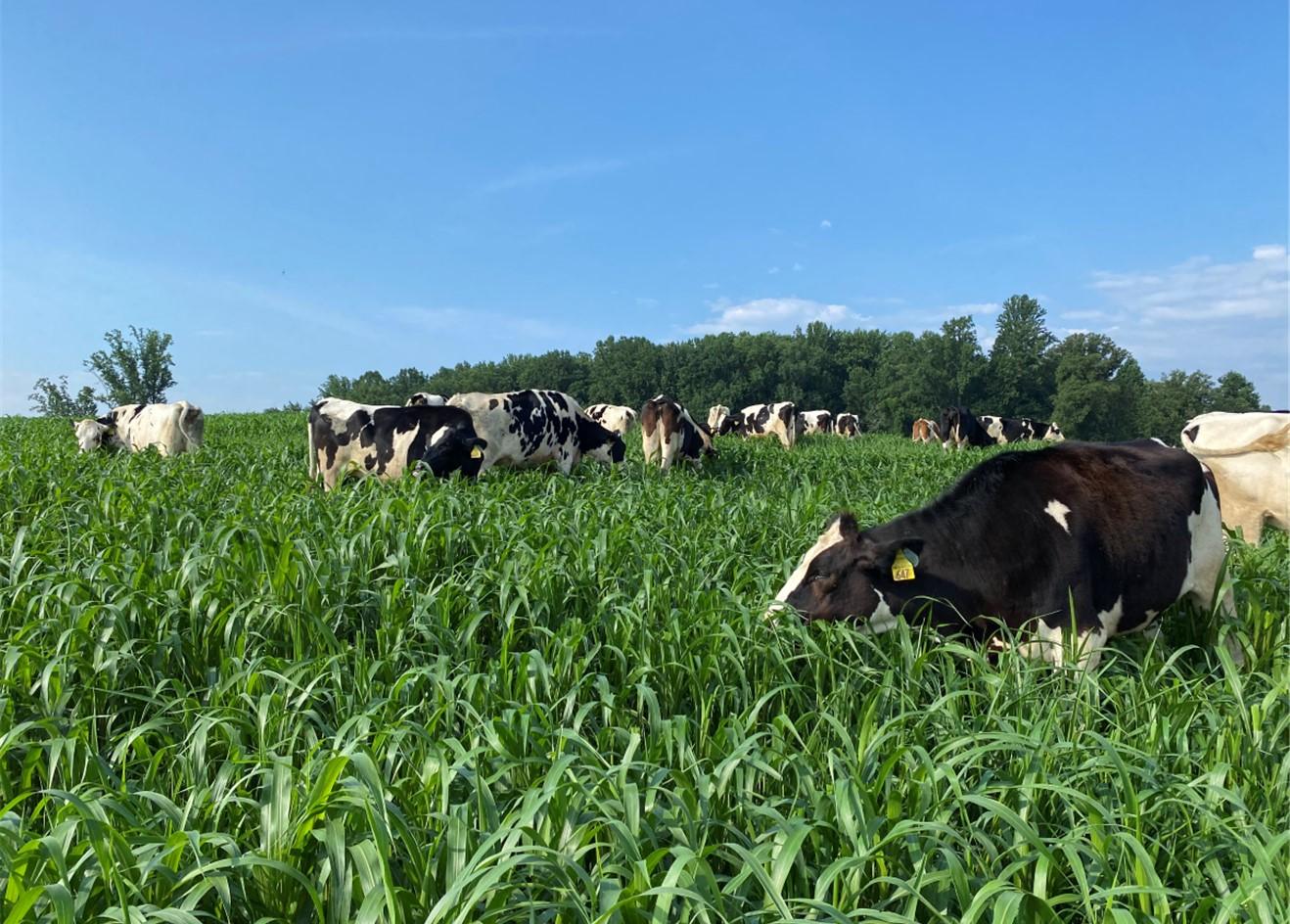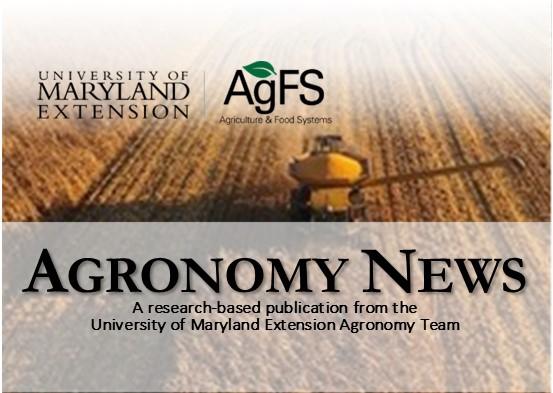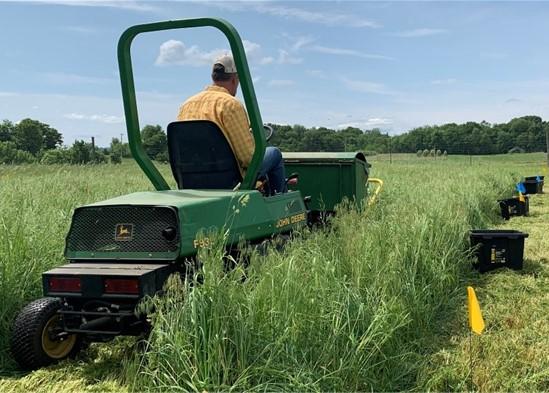Updated: June 13, 2024
No-Till Spring Vegetables After Forage Radish Cover Crop (FS-1134)
A late August seeding of forage radish (Raphanus sativus L.) can eliminate the need for tillage before many early spring vegetable crops like spinach, beets, peas, onions, and even carrots under certain soil conditions in Maryland. In addition to reducing soil disturbance, not having to till prior to spring planting reduces labor requirements at a critical point in the season and may allow earlier planting. Forage radish, which winterkills when temperatures drop to 17-20°F, suppresses early spring weeds, allows soil to dry out and warm up, and provides an increased supply of N, S, P and other nutrients to crops in early spring. Because of the minimal amount of residue after forage radish, conventional planting equipment can effectively seed directly into the winterkilled cover crop without tillage. For early transplanted crops like onions, rows of radish can create holes into which transplants can be dropped. Experiment station results in Maryland and farmer trials throughout the mid-Atlantic and northeast have shown that this system requires a closed cover crop canopy in fall and may be ineffective in poorly structured, heavy soils. Authors: Natalie Lounsbury and Ray Weil; Title: No-Till Spring Vegetables After Forage Radish Cover Crop (FS-1134).
Updated: October 30, 2023
Alfalfa Weevil (FS-1096)
Authors:
Margaret Hartman
Alfalfa (Medicago sativa L.) is an important forage crop for dairy and beef cattle, swine, poultry, sheep, and horses. In Maryland, alfalfa weevil, Hypera postica (Gyllenhal) (Coleoptera: Curculionidae), occasionally cause significant damage on susceptible cultivars. Author: Margaret Hartman; Title: Alfalfa Weevil-A Pest of Early Season Alfalfa (FS-1096)
Alfalfa weevil was first detected in Utah in 1904, and has since spread throughout the contiguous United States. It was first detected in Maryland in 1951. Efforts to suppress alfalfa weevil populations in Maryland have been largely successful because of biological control, but continued monitoring and management programs are vital to avoid localized pest outbreaks. Author: Margaret Hartman; Title: Alfalfa Weevil-A Pest of Early Season Alfalfa






